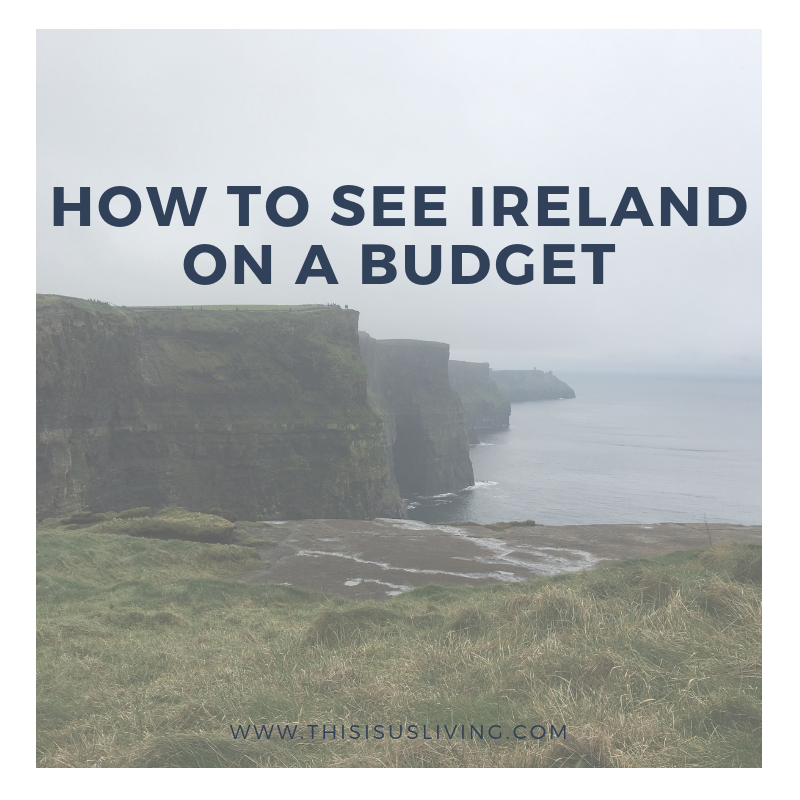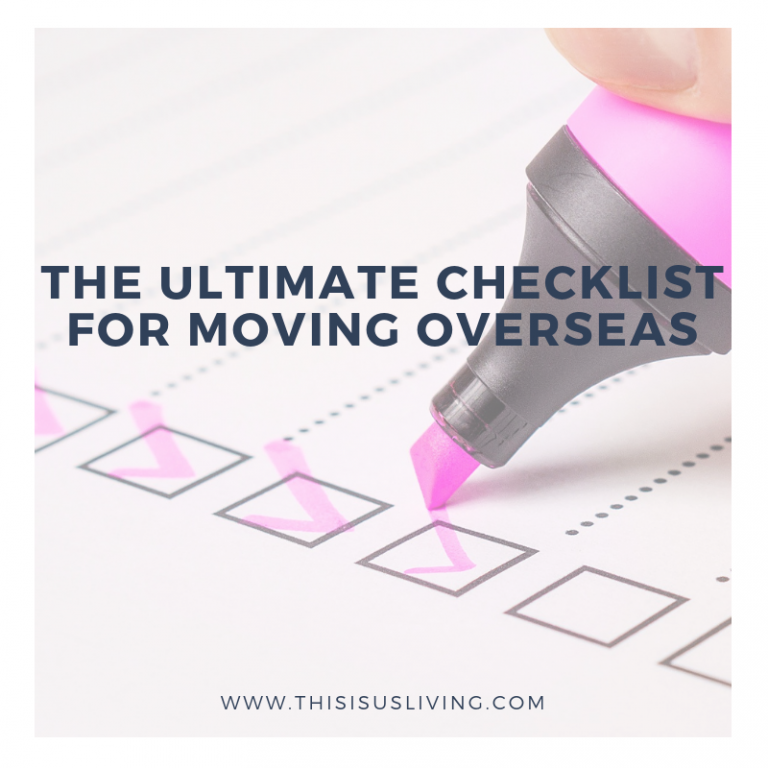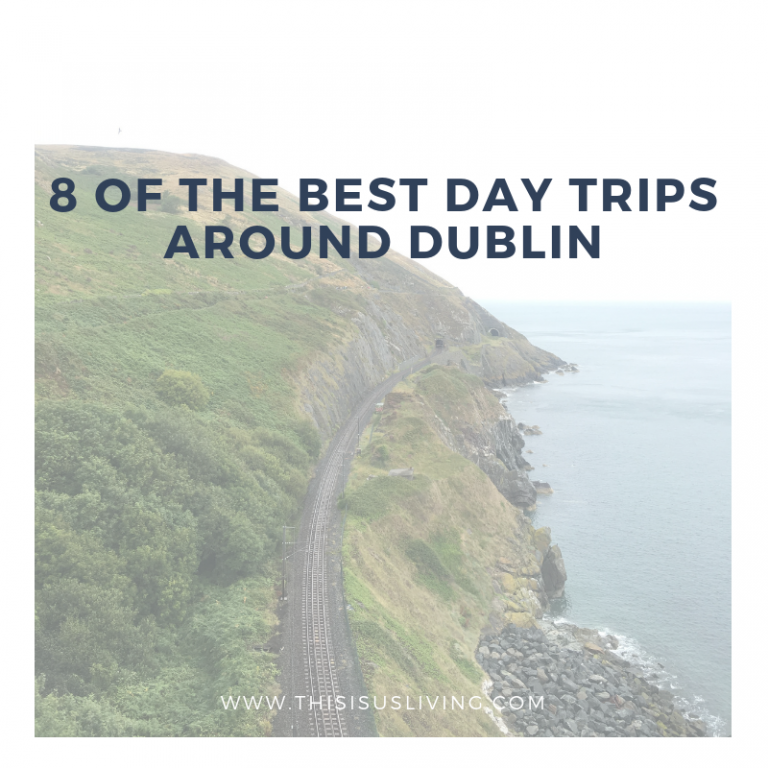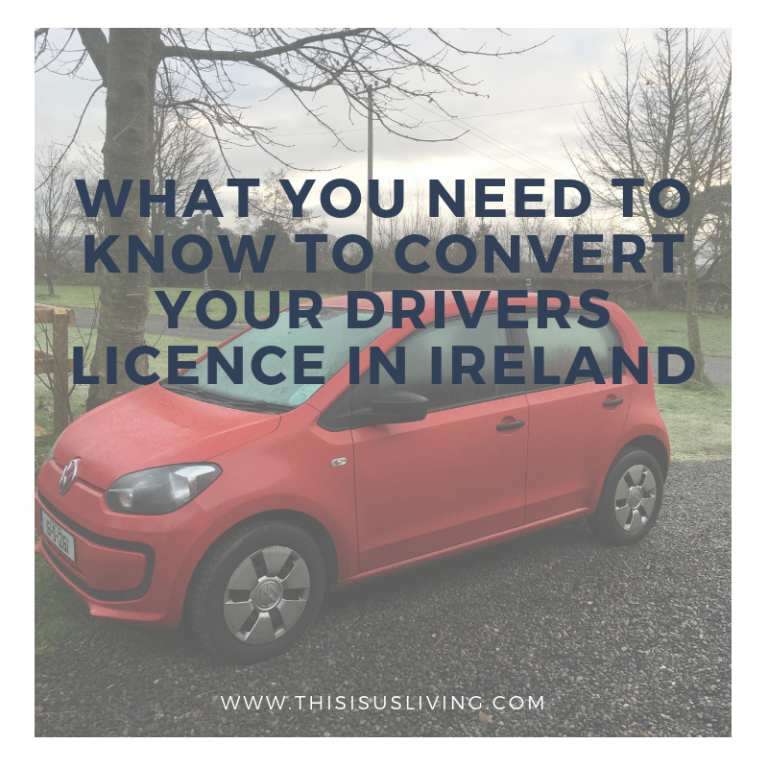How to See Ireland on a Budget

We often get asked how we can afford to see so much of Ireland and the truth that our travel budget for Ireland is quite limited. When we first moved over, I battled to find a job, then Rob changed jobs, so for a large part of our time here we have been working off one salary.
There is so much to see and do in Ireland and I think when we first moved over we thought of Ireland as a good base to travel the rest of Europe without fully appreciating everything that was right here in front of us. Having a tight travel budget forced us to get creative with how we view travel and it really made us see how much there is to see in Ireland too. Afterall, Ireland is a new country for us, and we are learning to explore more of what we have right here, instead of flying to a new destination. We are enjoying the slow travel lifestyle here in Ireland, and what we have found is that travel doesn’t have to break the bank.
Someone asked me on Instagram last week, what I meant by slow travel, and well I think slow travel is exactly that – travelling slow. To often we see giant bucket lists of places we have to see before we die, without ever fully appreciating what we have right in front of us. Slow travel means that we aren’t rushing through lists and driving through towns but rather taking it slow and fully immersing ourselves in this new country we now live in. We still aren’t sure how long we will be here, but I know that if we were to leave tomorrow, we really can say that we made the most of our time here and saw so much of what Ireland has to offer.
VISAS
Depending on the passport you have, you might not need a visa to visit Ireland. Saving money on the cost of a visa is definitely a great way to start off a budget holiday to Ireland. You can check if you need a visa here.
WHEN TO VISIT
Ireland can be an expensive place to visit, especially over peak season which is usually over summer (June – August). Most people think that if they come over in Summer, the weather will be better – but the reality is that you can’t control the weather – just dress appropriately for it!

Grianan of Aileach, Donegal – this was early September but the winds from this stone fort were still very chilly; plus it was free to visit!
Ireland is known to have a mild summer, in that it doesn’t usually get too warm, but last year we had a drought over summer and one of the hottest summers we have had since we moved over. Likewise, Ireland is known to have a mild winter, but last year it snowed over St Patrick’s weekend – so who really knows!? My best tip is to try visit during the off peak season, search for flight deals and try come when the kids are still in school – this will make things like car rentals more affordable, and also a selection of affordable accommodation options.
I like travelling in winter, simply because there are less tourists however there is a risk that certain tourist spots may be closed or have shortened opening times over winter – so it is worth checking before you book.
WHERE TO STAY
The charm of the green isle doesn’t always live in its big cities, but rather in the small country villages and towns. Plus, if you are on a tight budget, it is often cheaper to get out of the city anyways. Try base your self outside of the tourist centered villages, avoid the obvious tourist towns and opt for a smaller town close by. We use airbnb and booking.com to search for accommodation that is the right price, and in a central location to suit our needs.

Some time we rent a car, so staying further out of town has been cost effective for us. Other times we have opted to take a train, so we have found a more central location in the heart of a town so that we can walk every where we need to go. It really depends on the type of trip you are planning.
In most cases we like to bring our dog with us (this is partly because he is part of the family and loves an adventure just like we do; and partly because if he comes with us, we save on the cost of paying for someone to look after him. If the place we are going is not pet-friendly then we usually book a pet sitter on either pawshake or housemydog. We have a few regulars who have looked after Jack in the past and we find the cost ranges between 20 – 25 euro a night.
HOW TO GET AROUND
I have a few tips for transport, because you have options on taking the train; bus, or renting a car for your travel around Ireland.
If you opt to take the train, it is important to book your tickets a few weeks in advance, as the price for train tickets goes up the closer it is to the day you want to leave.
If you opt to take the bus, sometimes the train and the bus times are no different – but the bus will be a lot cheaper. You should also grab a tourist leap card in you are staying in Dublin, Cork or Galway as they all accept leap cards as a way to use the public transport in those cities. You can get a leap card for a few days, or up to a week – making it a great way to get around while you are on holiday. Most people don’t realise that there are two rates for public transport, and if you are using a leap card, that rate is cheaper.

If you opt to rent a car, rent the smallest, manual car. Renting cars is often cheaper if the rental is under a week. We use enterprise car rental to rent all our cars. The main reason we use them is they are the only company with a low deposit requirement (250 euros), but their service has been great – we have used them both in Ireland and in the UK.
Once you get to your destination, another way to keep transport costs down is to use public transport or walk where you can. We walk everywhere we go, its not only a great way to get some exercise in – but its the best way to really take in a city, and immerse yourself in your surroundings.
WHAT TO EAT
Whilst everyone loves to splurge when they are on holiday, the best way to save money is to limit eating and drinking out. We often opt for self-catering accommodation, where we can cook our meals where we stay before heading out to explore.
Another good tip about food, is to pack picnic food for lunch on the go. You will often find us in the local park noshing on our home made sandwiches (chips/crisps in a roll is still a firm fave!).

If we do eat out, we tend to spend money on coffees or something sweet to nibble on instead of sitting down to eat a fancy meal. If you do want to eat out, then I would say plan for it and limit it so its not eating out every meal of every day you are on holiday. Lunch or brunches are often more cost effective than dinner. Also limit the amount of alcohol you drink in pubs and restaurants – we always bring our own on holiday – which saves a lot of money. Ofcourse you want to experience drinking a pint in an irish pub, you will find that pubs out in the country are a little more affordable than in the pubs in Temple Bar, or city center Dublin. Just keep it to one or two and that will limit the costs.
THINGS TO DO
This might need its own blog post – as I have plenty of tips on things to do that won’t cost the earth. My biggest tip is to google and research the area extensively before you arrive. Blogs, and Trip Advisor are great resources to finding things to do and finding out how much they cost to do.
Research led me to find out how to get the exact location of this shot in Cobh with the coloured houses and the cathedral in the background – it was a steep walk up a long hill, but all free to do and taking this pic for myself was so satisfying!
We often skip the audio tours, as most of the information can be found online or on podcasts. Another tip would be to be outdoors, we prefer to walk and be in the nature than paying entry fees into tourist sites.
There are also a ton of places that look like there is an entry fee but really are free to visit, for example Giant’s Causeway is free to visit – what the entry fee is for is if you want to pay for the audio guide or visit the shop.
I have written a few posts that might help:

A lot of the ruins and historical sites like dolmens, monastic ruins and castles are often free to visit. So it really is a case of researching the area and looking for places to visit. You might find that they are run and maintained by Office of Public Works, and so you may be required to pay a small fee to visit. You can find all these sites on the Heritage Ireland website.

So there you have it, my tips on how to keep a travel budget when exploring Ireland.
HOW DO YOU TRAVEL ON A BUDGET?
Live Simply & Travel Slow,
~Meg~
p.s. If social media is your thing (snap! It’s my fave too!), you should totally follow me on Instagram.
PIN FOR LATER:







